It is interesting that there are many Celtic elements in Shakespeare’s plays and it would seem that he was familiar with a number of Welsh sources. For example The Historia Regum Britanniae written by Geoffrey of Moinmouth must have had a fascination for the Bard and this is shown by many striking passages in his plays .
After all Stratford upon Avon is only fifty miles from the border of Monmouthshire, and it is quite feasible that William Shakespeare .may have travelled here. His play ‘A Midsummer Night’s Dream’ is particularly relevant to this idea, for it would seem that the character Puck may have been based on the little Welsh fairy ‘Pwcca’ who was said to live in Cwm Pwcca, a romantic spot in the depths of the creepy Clydach Gorge, near the Devil’s Bridge which was built as a packhorse bridge in about 1700.
There is a long standing tradition that Shakespeare paid a visit to this location in search of inspiration for his play, having been given information about Cambrian fairies from his friend Richard Price, son of John Price of the Priory, Brecon. In the Clydach Gorge is a spot known as the ‘Fairy Glen’ and there is even a ‘Shakespeare’s Cave’, but this is perhaps just a romantic idea, yet sometimes there is no smoke without fire!
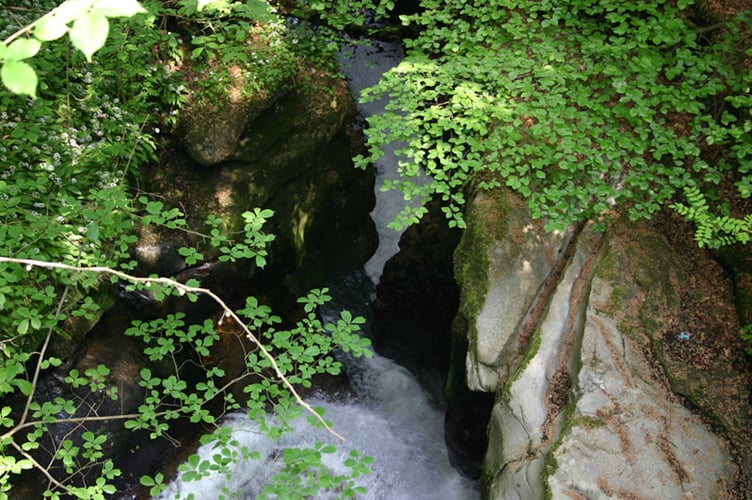
In the mid nineteenth century a suggestion was made that the works of Shakespeare were not really written by this man of Stratford upon Avon, but by one of his contemporaries, Sir Francis Bacon, author, philosopher, lawyer and former Chancellor of England. It became known as the ‘Baconian theory’, and Dr Orville Ward Owen of Detroit, Michigan, USA became convinced that this was indeed the case. He also put forward an unlikely idea that Bacon was the secret son of Queen Elizabeth I, and this was why he used a pseudonym to conceal his authorship from the public!
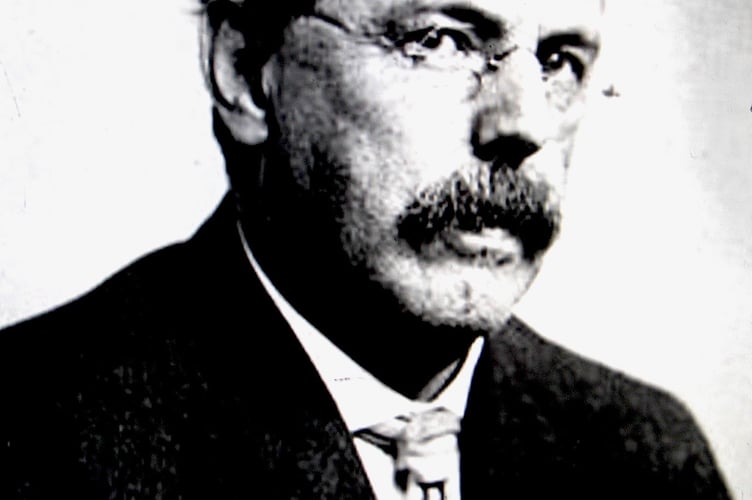
Dr Owen invented an elaborate cipher machine, a sort of primitive computer, into which he fed a 1,000ft strip of canvas, on which he pasted the works of Shakespeare. He used it to search for hidden ciphers, that he believed Sir Francis Bacon had left using Shakespeare’s words and somehow came to the conclusion that the plays were contained in 66 boxes hidden near Chepstow Castle.
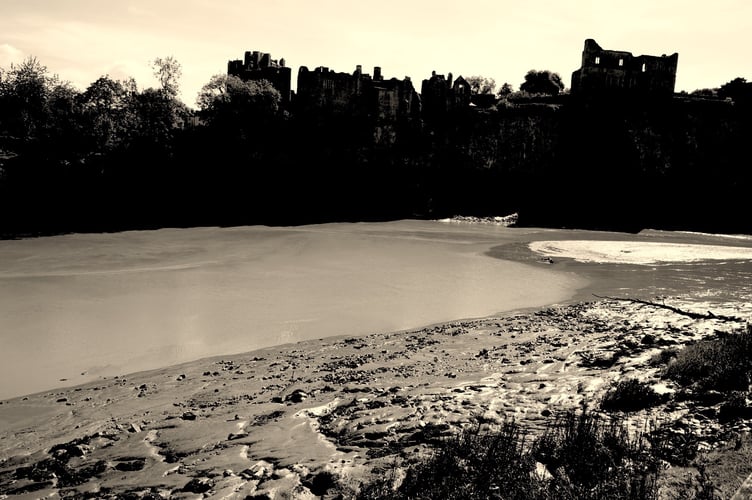
In September 1909, Dr Owen came to Chepstow to search for the manuscripts of Shakespeare’s plays, which he believed to be buried somewhere near the castle, which at that time was owned by the Duke of Beaufort.
His first excavations were in Peglar’s Cave, which is situated in the cliff just below the castle. He had obtained permission from the Duke of Beaufort, who decided to askFred Hammond, a Chepstow engineer and historian, to be present in order to make sure that no damage was done.
Dr Owen found nothing of interest, and the following month he left Chepstow and travelled to London in order to do some research in some Elizabethan books. He then returned to America and continued with further research.
In due course, he came up with an idea that the lost boxes were contained in a large number of iron trunks, which were lined with lead to make them watertight, and that they were hidden in a rift in the bed of the river Wye. But, he had no explanation for how Bacon would have managed to stop the river running, so that he could bury the boxes!
In 1910 Dr Owen returned to Chepstow, and this time obtained permission from the Duke of Beaufort to carry out an excavation in the river. Taking up residence in the Beaufort Arms Hotel, he asked Fred Hammond to take charge of the excavation work, and some Newport engineers were employed to build a coffer dam. Also, 24 labourers were given the task of digging out the mud, and to shore up the sides of the excavated hole in the bed of the Wye.
This work was carried out night and day between high and low water. Dr Owen had calculated that they needed to find a boat-like structure, 30 feet long and 10 feet wide, pointing north east and south west. Surprisingly, he did find a similar wooden structure, but it turned out to be a remnant of a Roman bridge that once spanned the Wye. He also discovered a previously recorded medieval water cistern. Further excavations were carried out near the Gloucestershire side of the river, but again without success so Dr Owen once more returned to the USA.
He was certainly a very determined man and came back five years later, to begin searching on the Piercefield Estate where he felt secure from interruption. He commented that he had not been successful so far because ‘the course of the Wye had altered, and this had ruined his calculations. The castle had been his only landmark to work by, and Bacon, when writing his cyphers would not have expected the changes which had taken place in the 200 years since he was there.
The idea that Sir Francis Bacon was the real author of Shakespeare’s plays, was first put forward in the 1850s, by his namesake Amelia Bacon, another eccentric American, but it has never been taken seriously, due to the completely different writing styles of the two men, and the fact that Francis Bacon left behind very little poetry. Born in 1561, he was a philosopher, a scientist and author who wrote such a vast amount of work, that he would hardly have had time to write everything like the Shakespeare plays as well.
Dr Owen returned to Chepstow in 1913 to speak to a chimney sweep, who fraudulently claimed to possess information on the final resting place of Bacon’s manuscripts, but he failed to convince the American treasure hunter, who returned to Detroit and stayed there.
He had spent fifteen years on this ridiculous project, which had not only destroyed his health, but made him penniless as well. He spent his last six years bed-ridden with paralysis and passed away on 31 March, 1924
The only good thing that came out of all this nonsense was the great media interest in his project and this resulted in Chepstow Castle being chosen as the location of ‘Ivanhoe’ the American silent film based on Sir Walter Scott’s novel written in 1819. It was directed by Herbert Brinon with numerous Chepstow residents employed as extras.
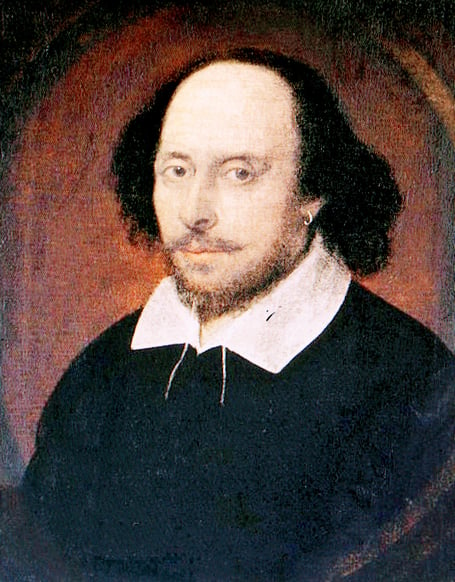


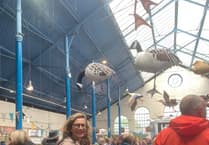
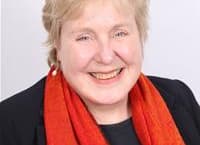
Comments
This article has no comments yet. Be the first to leave a comment.